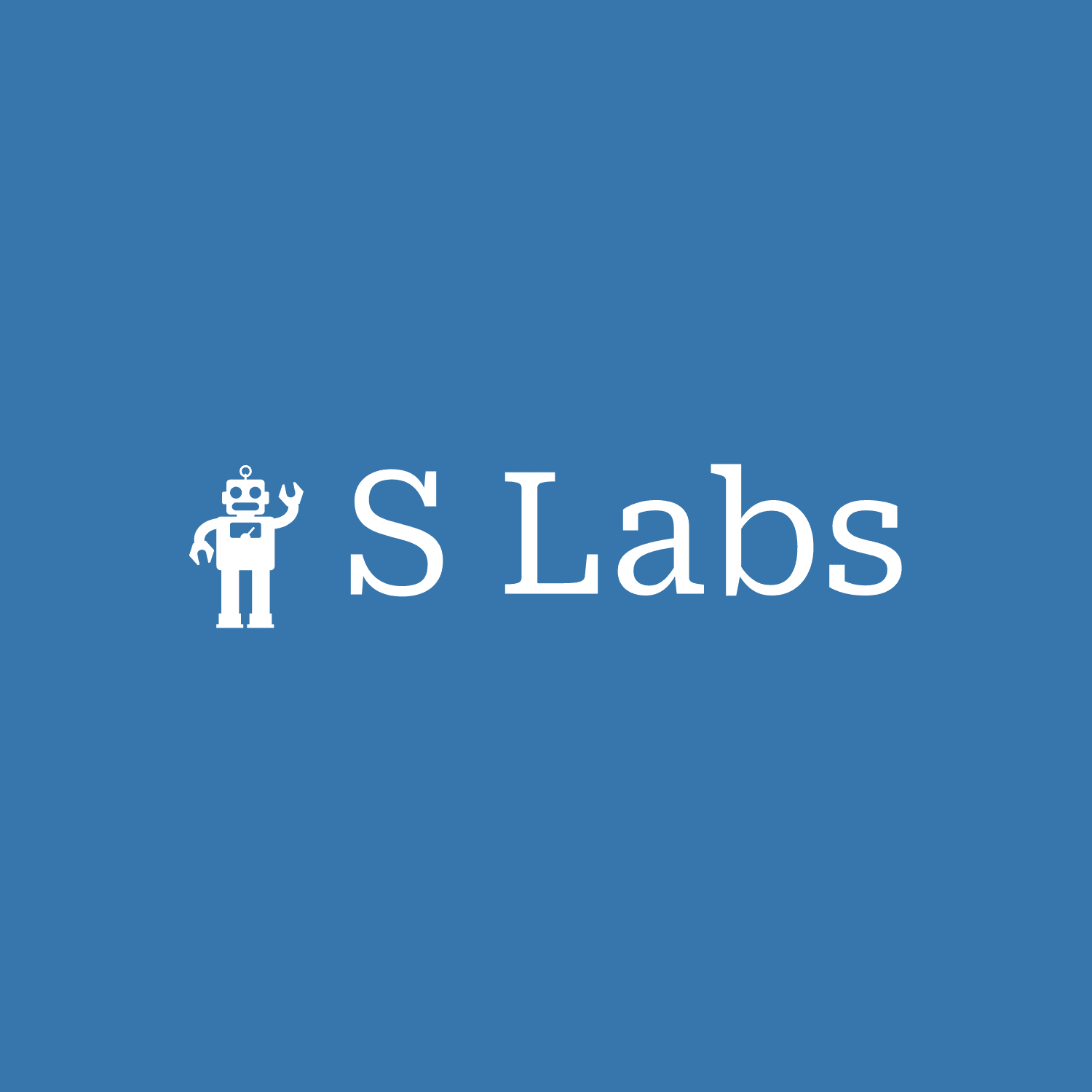-
design of attachments to low cost Tello Edu drone
-
Use Pi 3B+ model for autonomous usage of Tello Edu
-
Tello Edu currently requires Smartphones to control flights
-
Using a powerbank to power the RPi system for control
Feedback Comments
-
InnoTraffic video - https://www.dropbox.com/s/6n6sbrfkj8oa0be/InnoTraffic.mp4?dl=0
-
alternate Project - https://www.uasvision.com/category/lighter-than-air/
-
Nice idea, greenhouses are good targets an environment under-control. My advice is to not spend time on hardware and MCUs stuff, because many options exists e.g.: you can use a raspberry Pi Zero for your MVP, it lighter, and have enough resources to run Machine Learning e.g. Python Keras or Pytorch and to control the drone. For machine vision you can use Amazon DeepLens ML Camera…etc. I mean even in future try to not develop a hardware that already exists and put all your efforts and focus on software like flight control system, machine vision, sensors fusion…etc. The big challenge here is the flight time (battery), as I said in the meeting, the more practical solution is to have a docking station, where the drone will autonomously comeback for charging, by charging, I mean any possible mean e.g.: physical connection, wireless charging (cannot charge while flying), or a mechanism to change the battery (more efficient). I wish you all the best for you and your family.
-
Nice Idea, very challenging tho. It was not really clear how you do scale.
-
For outside use, you might want to consider lighter-than-air vehicles, for greenhouse usage why not use cable-attached systems similar to the way over-field-cameras are done at sport events?
